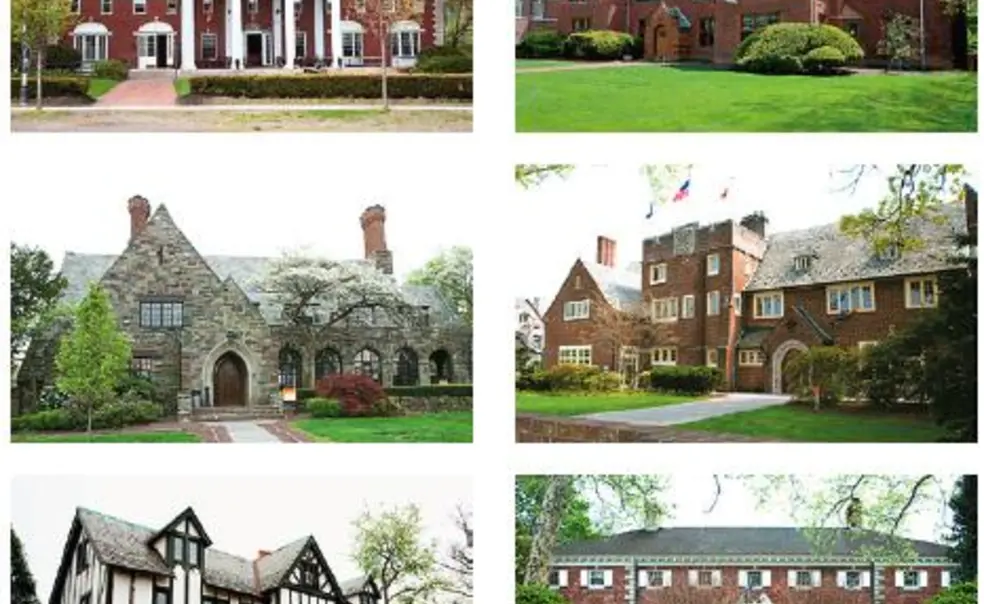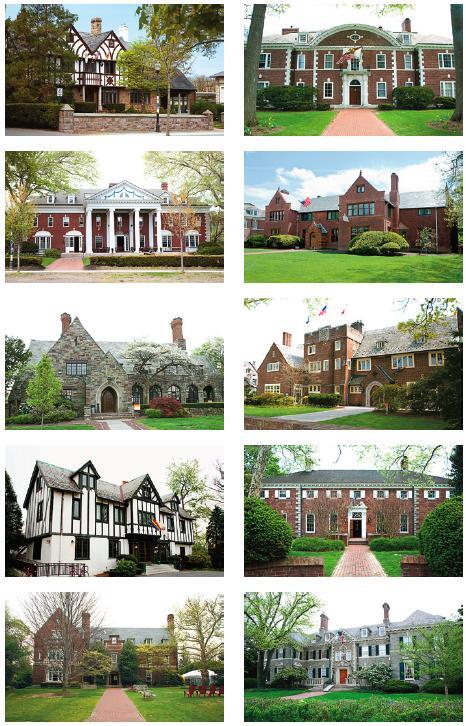Report of the Eating Club Task Force
As every Princetonian knows, the eating clubs on Prospect Avenue have played a pivotal role in shaping undergraduate social life at Princeton since the closing years of the 19th century. Today, it is difficult to imagine Princeton without the clubs, which offer a home away from home to more than two-thirds of upperclass students and provide a key social outlet for the undergraduate student body. Nor, of course, could the clubs exist without the University, from which they draw their membership.
This symbiotic relationship has recently been enhanced in a number of significant ways, including the development of shared meal plans, which allow club members to experience the best of both the residential colleges and the clubs; the option for all club members to take two meals a week for free in the colleges; and improvements to our financial aid program that make club dining contracts more affordable for students with limited means. In light of these changes, Undergraduate Student Government President Connor Diemand-Yauman ’10 and I concluded last fall that the time was right to take an in-depth look at University-club relations in order to determine if they could and should be further strengthened “for the mutual benefit of the clubs and the University, and for the benefit of Princeton students and the undergraduate experience.”
Accordingly, we asked an 18-member task force composed of students, faculty, staff, and alumni, including the chairs of two club graduate boards, to spend a year reflecting on this question. Under the able leadership of Vice President and Secretary Bob Durkee ’69, the task force wove together the views of more than 650 visitors to its website, along with those of 16 individuals and groups with whom it formally conferred. The result is a 23-page report that presents a number of unanimous and thoughtful recommendations that will, I believe, do much to focus and advance discussions between the University and the clubs as we work together to enhance the undergraduate experience of all Princetonians.
While affirming the clubs’ distinctive strengths, especially the 10 close-knit communities they create for juniors and seniors, the task force identified a number of areas of concern to both fans and critics of the Street. Leading this list was “alcohol and safety” and, specifically, the grave risks to health posed by the pervasive presence and excessive consumption of alcohol. This is a campus-wide challenge, and the task force urged the University and the clubs to discourage drinking games and other high-risk activities, to promote alcohol-free events both in the clubs and on campus, and to consider creating venues such as a campus pub to model responsible behavior.
The task force also took up the long-debated question of how the five selective clubs choose their members and whether this process could be improved to lessen the very public distress of students who are rejected by the club of their choice. While the task force did not take issue with the concept of selectivity itself, it proposed a possible alternative selection process in which both sophomores and the selective clubs would indicate their preferences, with club spots awarded by a computerized matching program. The nonselective clubs would be assigned their members by the same process based on student preferences, guaranteeing that every student who wishes to join a club will be able to do so, with all students learning the outcome at the same time. This “match” could be designed so that students who wish to join a club as a group of friends could do so, and thus avoid the painful separation of friends that the current bicker system sometimes creates.
Other recommendations—and this list is by no means exhaustive—seek to ensure the affordability of club memberships through potential cost reductions through collective purchasing and other strategies; to lessen the influence of fraternities and sororities on membership selection, given their de facto role as “feeder mechanisms” for certain clubs; to make the clubs as welcoming as possible, in part by introducing all freshmen and sophomores, especially students of color and international students, to their benefits; and to strengthen the clubs’ involvement in the academic and community service aspects of University life. Finally, the task force recommended that the University provide to campus visitors and prospective and admitted students a more accurate description of the clubs, whose presence on our campus is often cited as the reason why a student decides not to come to Princeton.
I would strongly encourage you to read the report in its entirety and to share your reactions to its findings and recommendations by visiting the task force’s website at www. princeton.edu/ectf/ or by taking advantage of other opportunities to express your views. This is just the beginning, I hope, of a vigorous collective conversation that, to quote the report, will preserve “the viability, vitality, and value of the eating clubs” for many years to come.













No responses yet